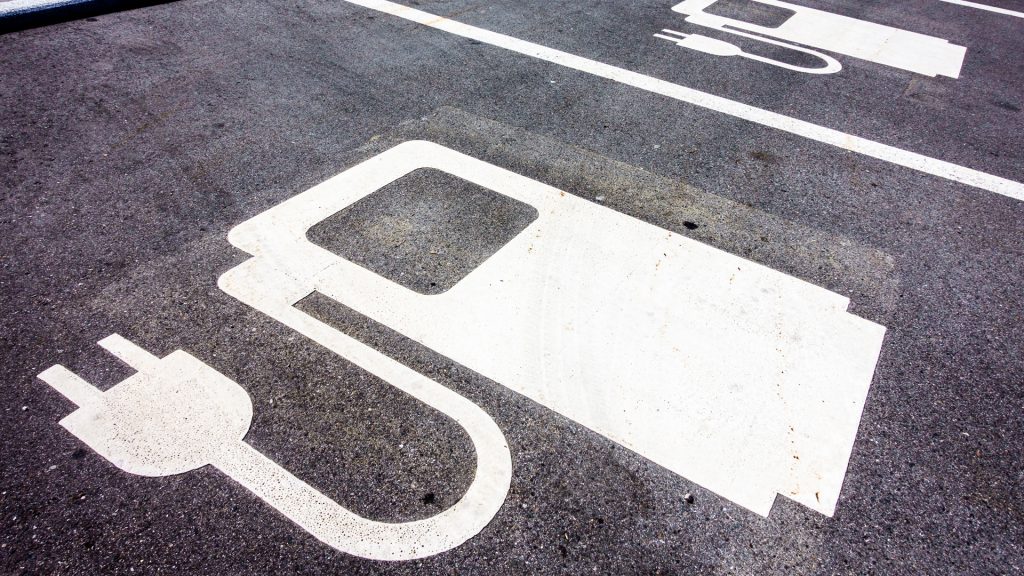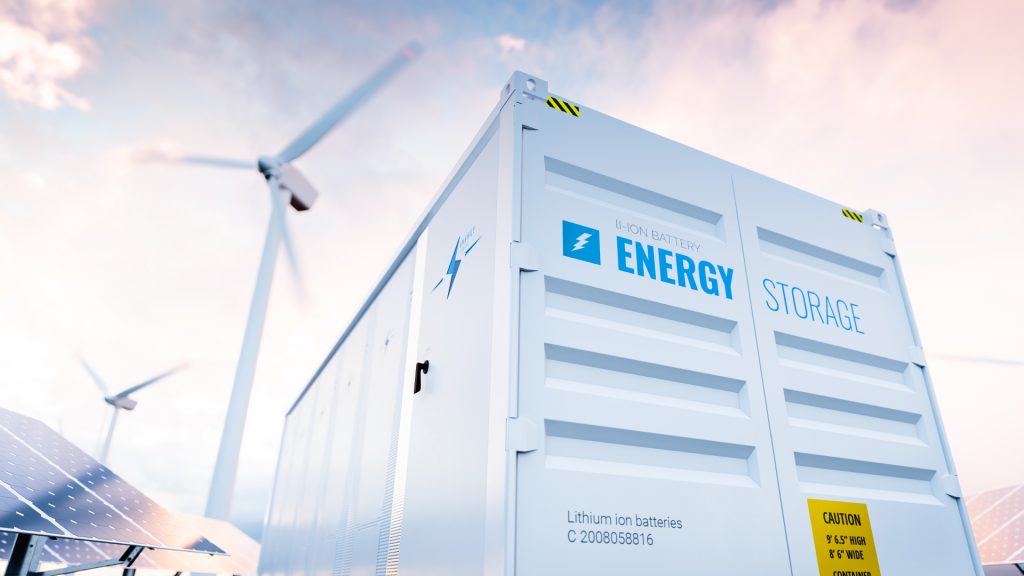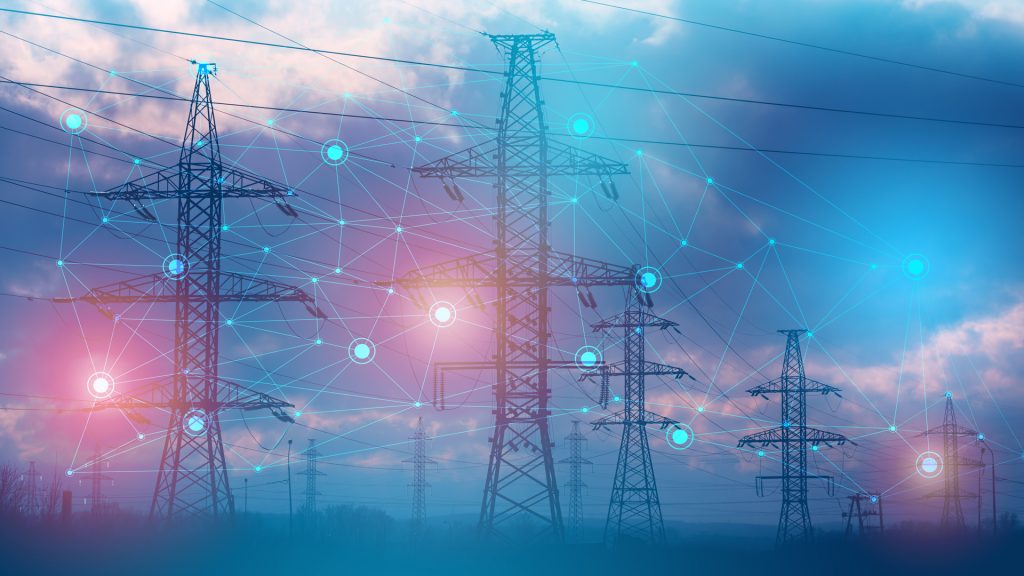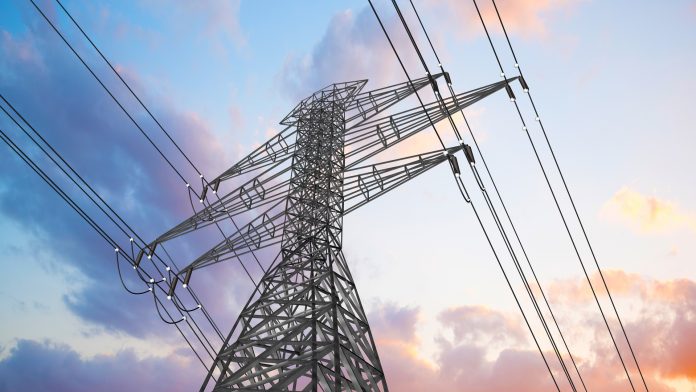The effects of the renewable energy transition on power grid operators, and the ability to prevent bottlenecks in supply is outlined by Marianne Tamborini, Marketing Director at depsys.
A full energy transition will not happen without Distribution System Operators (DSOs) /Distribution Network Operators (DNOs) having solutions for counterbalancing the intermittent character of Distributed Energy Resources (DER) to secure a continuous power supply, including during peak hours. Storage solutions can play a strategic role if the right business model is implemented.
It is a fact that the acceleration of photovoltaic installations, charging points for electric vehicles and the intensive use of heat pumps, are causing significant pressure points and bottlenecks in distribution networks.
This trend, confirmed by data from depsys’ quarterly Health Check reports proves that these pressure points are evermore important to consider and tackle as operators manage increased grid integration of renewables.

The EU Commission has a target to have 1 million charging points by 2025
Data trends from the Health Check reports include:
- In new development areas with a large number of heat pumps, grids have been heavily loaded, with load rate doubling over one quarter;
- The supply of photovoltaic energy on sunny days in the spring created peak loads at midday of up to 80% for some transformers normally used at 40% (these peaks only reached 60% in winter);
- Increasing uptake of EVs and therefore charging infrastructure, present challenges to the grid not only in terms of loading but also power quality. This has led to violations of EN50160 Power Quality standards, which has traditionally rarely happened in Europe, in areas where public EV charging stations are connected to the grid; and
- Winter events such as heavy snowfall caused many voltage drops in the relevant networks with one depsys user measuring around 30 times more voltage drops than usual during a week of heavy snowfall.
The findings showcase the variables that operators are facing when managing distribution networks through the energy transition, with the combination of seasonal effects and new clean technologies having a significant impact on grid load and capacity. These are no longer marginal or isolated effects; they are becoming a (daily) reality like in the Netherlands where the power grid has reached its capacity several times in several areas over the last months. Asked by NL Times, M. Schut from the operator Liander attributed the capacity issues to the sustainability push resulting in more heat pumps and the growing economy, the digitisation of society, and new construction. M. Schut stated that despite having one of the most reliable electricity grids in the world, it is not designed for the rapid developments that are now taking place and causing an explosive demand for electricity that literally pinches the grid.
The country is indeed particularly exposed, considering that 70% of all car charging points in Europe are currently hosted by the Netherlands, France, and Germany (according to FT research). And this is only the beginning, as the number of EV charging points in Europe will increase almost tenfold by 2025 to reach the EU Commission target to have 1 million charging points by then.

A grid battery storage system can supply around 200 households at night with the solar energy stored during the day
Managing the congestion
DSOs need to be prepared for managing congestion, voltage variations and stability issues to avoid failures.
One first step is to recognise these bottlenecks or variations proactively. This is where monitoring the distribution grid on the low and medium voltage levels become essential. The second step is to have solutions to prevent and handle the variations. This goes hand in hand with coping with the intermittence of the production.
The most common approach so far has been to perform grid expansion and reinforcement measures to increase capacity. This is the historical and proven way to ensure grid reliability. With the main advantage of being robust and reliable, this approach remains costly and complex (especially for underground grids) and is labour intensive.
There are also alternative approaches such as smart solutions that offer power flow control mechanisms. Based on real-time data for an immediate response to an imbalance in the grid, such mechanisms enable the avoidance of congestion in a smarter way than curtailing DER installation production (e.g. of PV inverters).
The Swiss Watt d’Or 2019 project performed by depsys and IBB (Brugg, Switzerland) on a large solar airfield hangar in Switzerland has demonstrated a 25% reduction in curtailment on the PV productions thanks to such control mechanisms, while guaranteeing the quality of supply. The power flow control mechanisms are triggered by algorithms on remote controlled installations. Such a solution is implementable within short notice and at lower cost (than reinforcement).
Such control mechanisms nevertheless do not allow maximum usage of the locally produced energy as it uses the flexibility of PV inverters to maintain voltages and congestion within acceptable range in real-time at local level, thus still curtailing part of the production.
The balance of energy consumption and supply needs to take place in real-time. If the grid constraints don’t permit the injection of additional production to the upstream grid, they should be curtailed for safety reasons. So, storage becomes essential to leverage local productions and maximise the return on investment of the installations, avoiding ‘wasting’ energy.
Integrating a battery energy storage solution
A viable and attractive approach would be to combine power flow control mechanisms and energy storage solutions like batteries, at the grid scale. The storage system contributes then both to security of supply and to greater use of locally generated renewable energy.
This is the approach E.DIS is testing in Germany within the scope of the EU Horizon 2020, IElectrix project, moew.e, which aims to demonstrate the value of a mobile battery system in the European context. The idea of this project is to use mobile storage systems at the grid level in regions with high solar and wind, and rather low consumption, to feed-in power and to bridge the time until the grid is expanded.
The live demonstrator in Friedland (Germany) running since September 2020 tests the idea in real conditions. The solution consists of a medium/low-voltage transformer equipped with depsys GridEye monitoring devices and with a 1,000-kWh lithium-ion integrated battery storage system, ready to store energy. The monitoring devices support the project in measuring/analysing the effective impact on the grid. The battery storage system and the corresponding control technology can supply around 200 households at night with the solar energy stored during the day. When the DER feed-in drops, the power output from the battery begins immediately.
Such a solution presents the double advantage of managing bottlenecks, and at the same time, promoting the local use of renewable energy in the immediate production environment, thus preventing outages. This enables more renewables connections without needing to wait for the appropriate reinforcement works. Once this is done, the mobile battery storage installation can be used for another area. A further European live battery demonstrator project is running on two sites in Hungary, looking at how to integrate more PVs in already congested areas thanks to batteries at the grid scale.
Another approach for using batteries to reduce the load on the grid considered by DSOs is to stimulate the end-customers’ self-supply. For instance, encouraging customers to systematically install photovoltaic systems with battery storage. Their produced electricity is fed into their own storage unit instead of feeding the electricity into the grid. It gets charged during the day and is available in the energy-intensive evening. This is what the German grid operator EAM is conducting research on as part of the C/sells R&D project, exploring how widely spread self-supply concepts will impact the load on the grids in the future.
These projects are still in the research phase, but if they prove to fulfil their goals, the adoption of batteries for power balancing and storage could become the most appropriate solution to solve congestion management and network stability issues in the future.
With lithium batteries prices dropping 70% over the last three years, the emergence of promising new battery chemistry technologies, alongside increasing lifetime and performance, would make them a low cost and efficient solution that can be distributed throughout the grid. But there are some hurdles to overcome.
Beyond the technical capabilities, economic, ecological and regulatory factors will have a massive impact on the use of batteries as storage solutions.
The right business model for operating battery storage solutions at the grid scale still needs to be proven. Indeed, even with decreasing initial investment costs per battery, the number of critical parts of the grid to cover with batteries will increase and the processes to cope with the short lifetime of the installations (compared to other assets) complexify the management of such solutions at grid scale. Such installations might remain temporary ones until grid reinforcement works have been performed. The adoption will also depend on local regulatory support for grid-serving batteries.
In that respect, stimulating the adoption of end-users’ local storage or Vehicle2Grid solutions, especially if this is supported by governmental or regulatory decisions, might be a more cost-effective approach.
Finally, ecological and economical solutions for the replacement and recycling processes of batteries still need to be found, even if some progress has been made with recycling in close loops/circular economy models (e.g. Renault recycling car batteries for energy storage).

Without the right tools to manage non-uniform loads on the grid, reaching an effective energy transition will not be possible
Achieving digital grid management
Meanwhile, what we can state is that there will be no real energy transition without the tools to manage non-uniform loads on the grid, no matter which solution will be adopted, and that the scaling capabilities of this solution will be critical for securing power supply and the stability of the entire grid. This will require the integration of power flow control mechanisms in overall grid management processes, and this will only be possible with a digital grid management solution.
This brings requirements for grid management capabilities.
The quality of the power flow control/management mechanism will rely on the quality of the grid data.
Optimal results will be based on:
- Real time and synchronised data, with precise load, capacity, and voltage information for managing the intermittent power production;
- The capacity of managing power quality to include the voltage harmonics to handle irregular massive loads (e.g. from EVs); and
- Complemented with data in different time resolutions, enabling deeper analysis, thus serving all operational and planning teams.
References
Position Paper: Energy System Integration Strategy by DSOs – June 2021
Marianne Tamborini,
Marketing Director
depsys
communications@depsys.com
Tweet @depsys_en
www.depsys.com
Please note, this article will also appear in the seventh edition of our quarterly publication.









